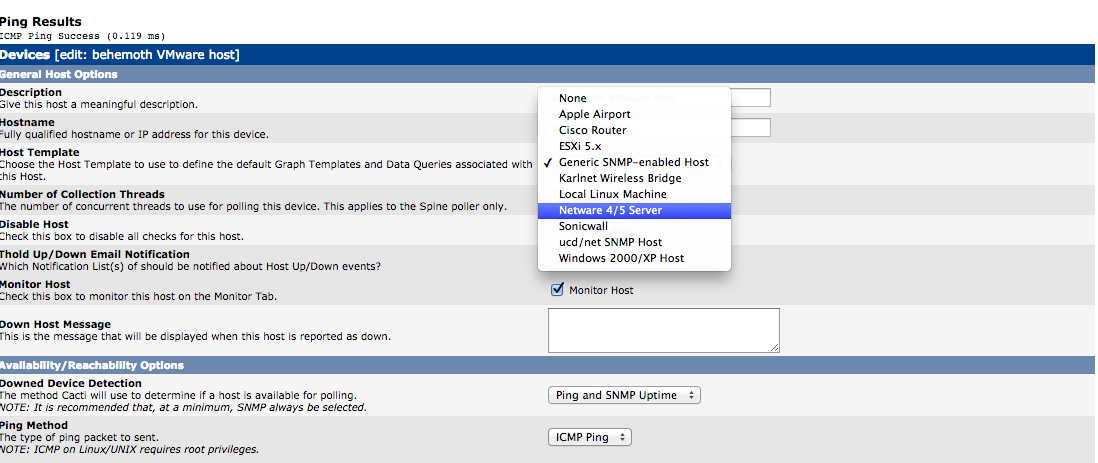

Next, start the vm and confirm that the space has been added. This command will grow the disk 0 (first disk) of the ganeti instance called .ug by 50GB, meaning the disk size will be increased by 50GB from its initial, that is to say, from 200GB to 250GB. Warning : Since this command usually takes long to complete, it’s strongly advised that you run it when working directly on the console of the machine, or in screen mode in case you’re working gnt-instance grow-disk .ug 0 50g NB: .ug is the name of the Ganeti instance to be re-sized

Stop the machine using the command gnt-instance stop .ug This process entails two stages: a) Adding Disk space to a Ganeti instance


 0 kommentar(er)
0 kommentar(er)
